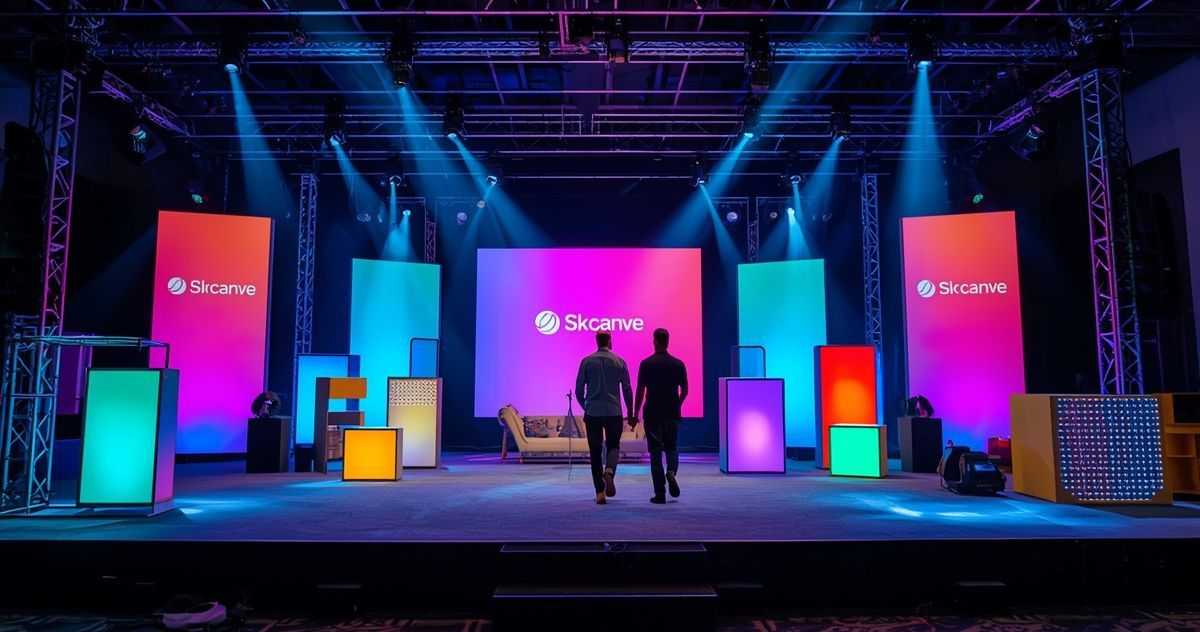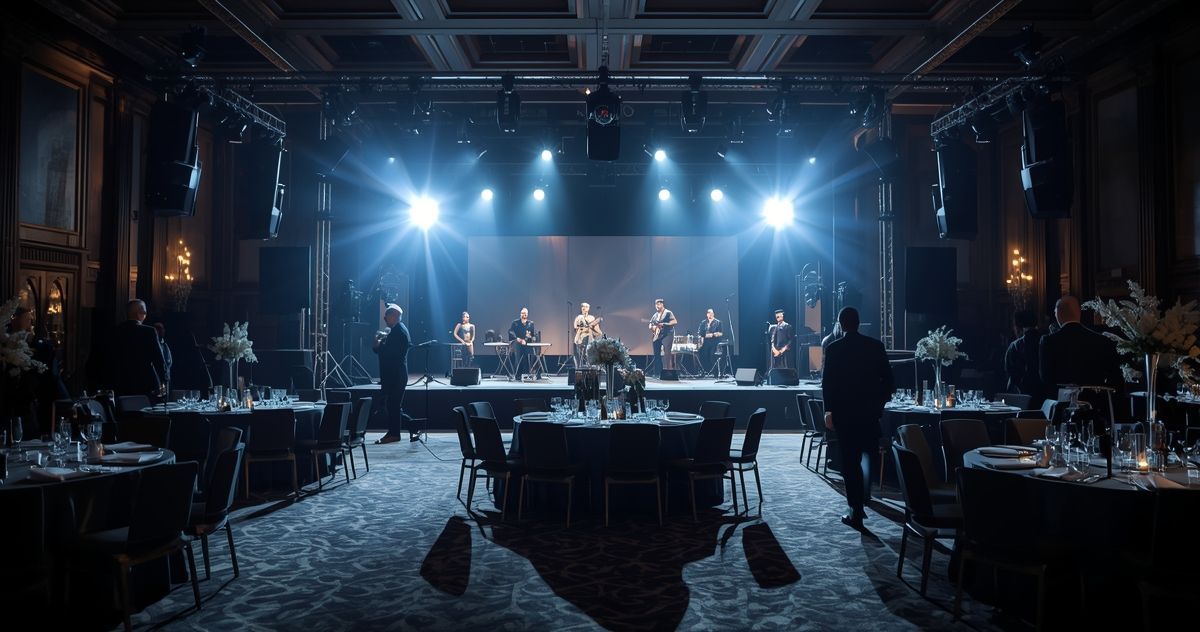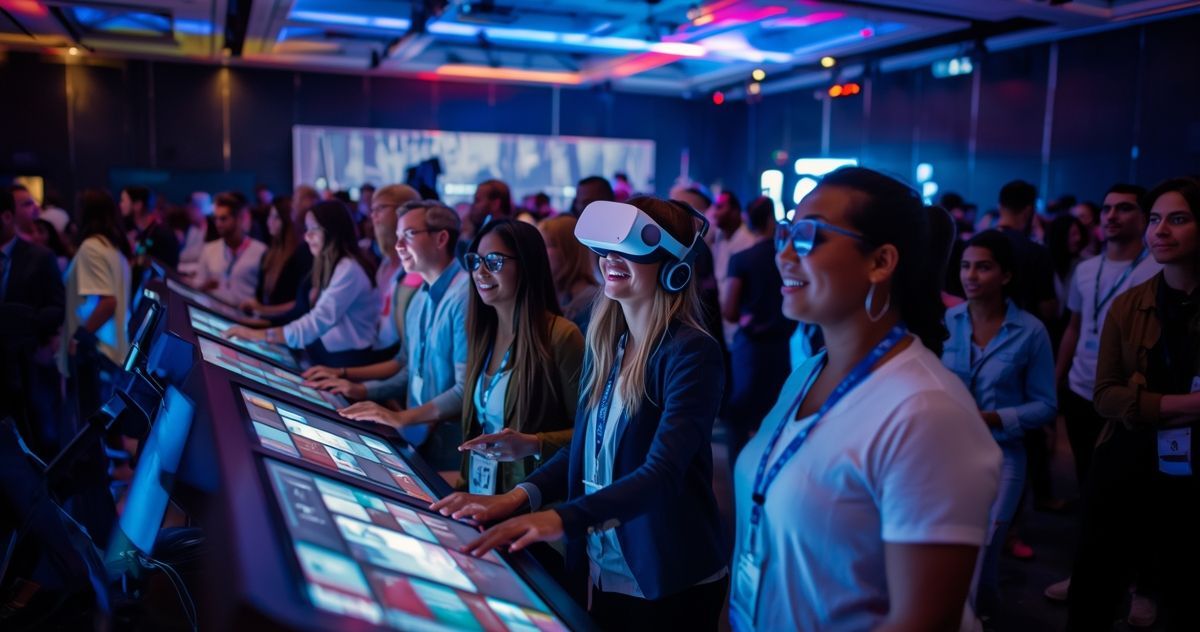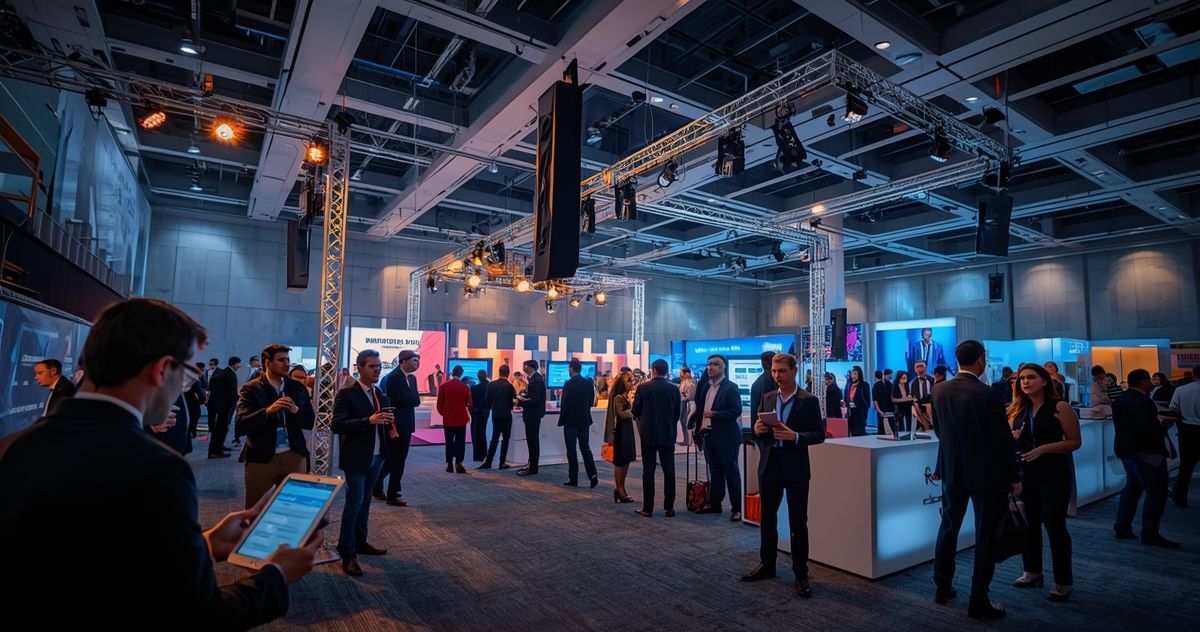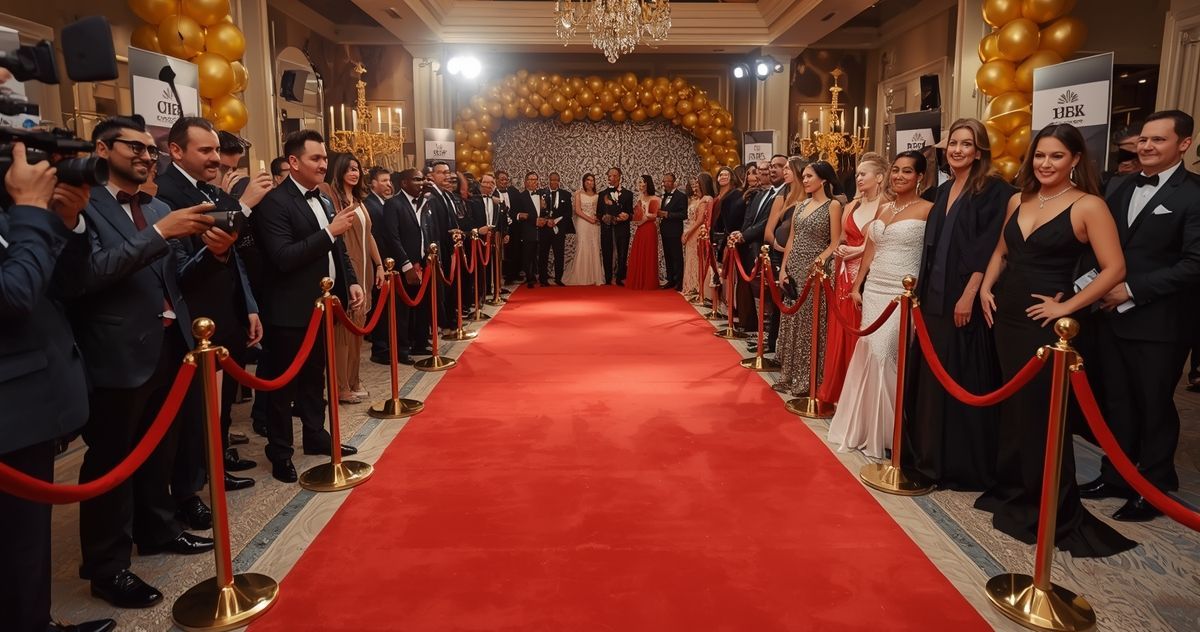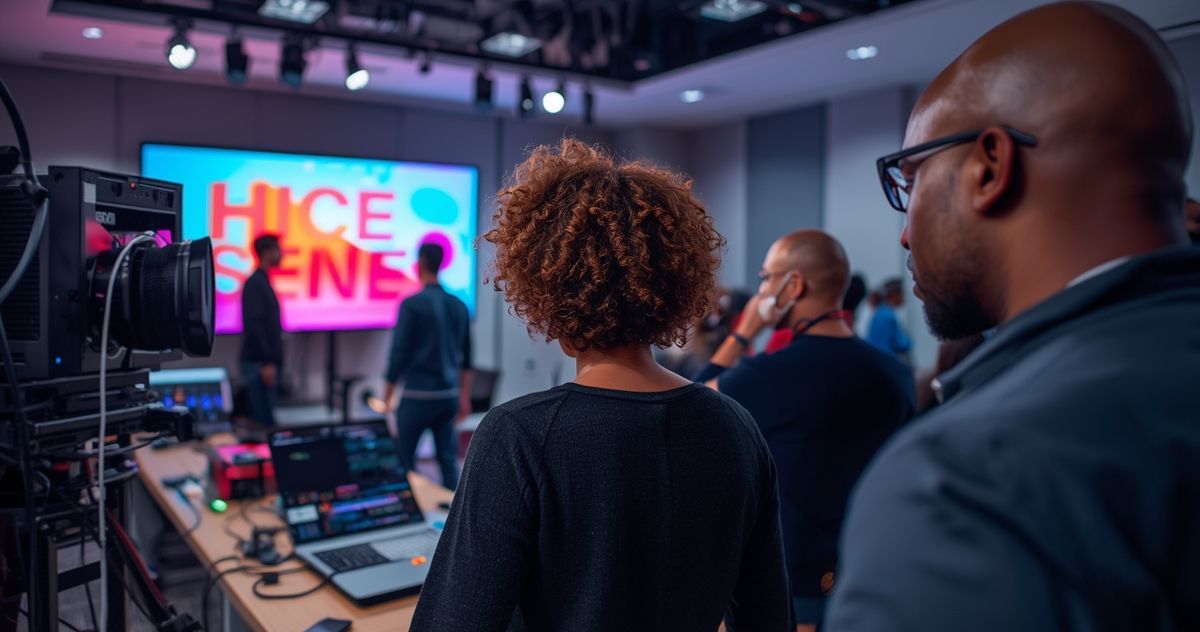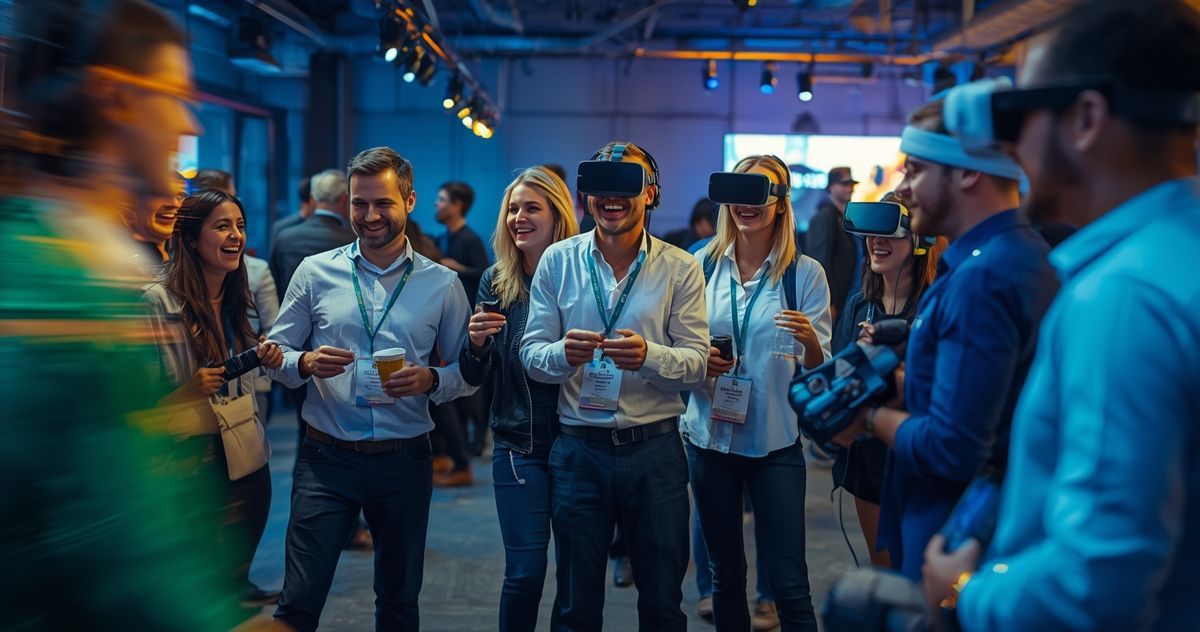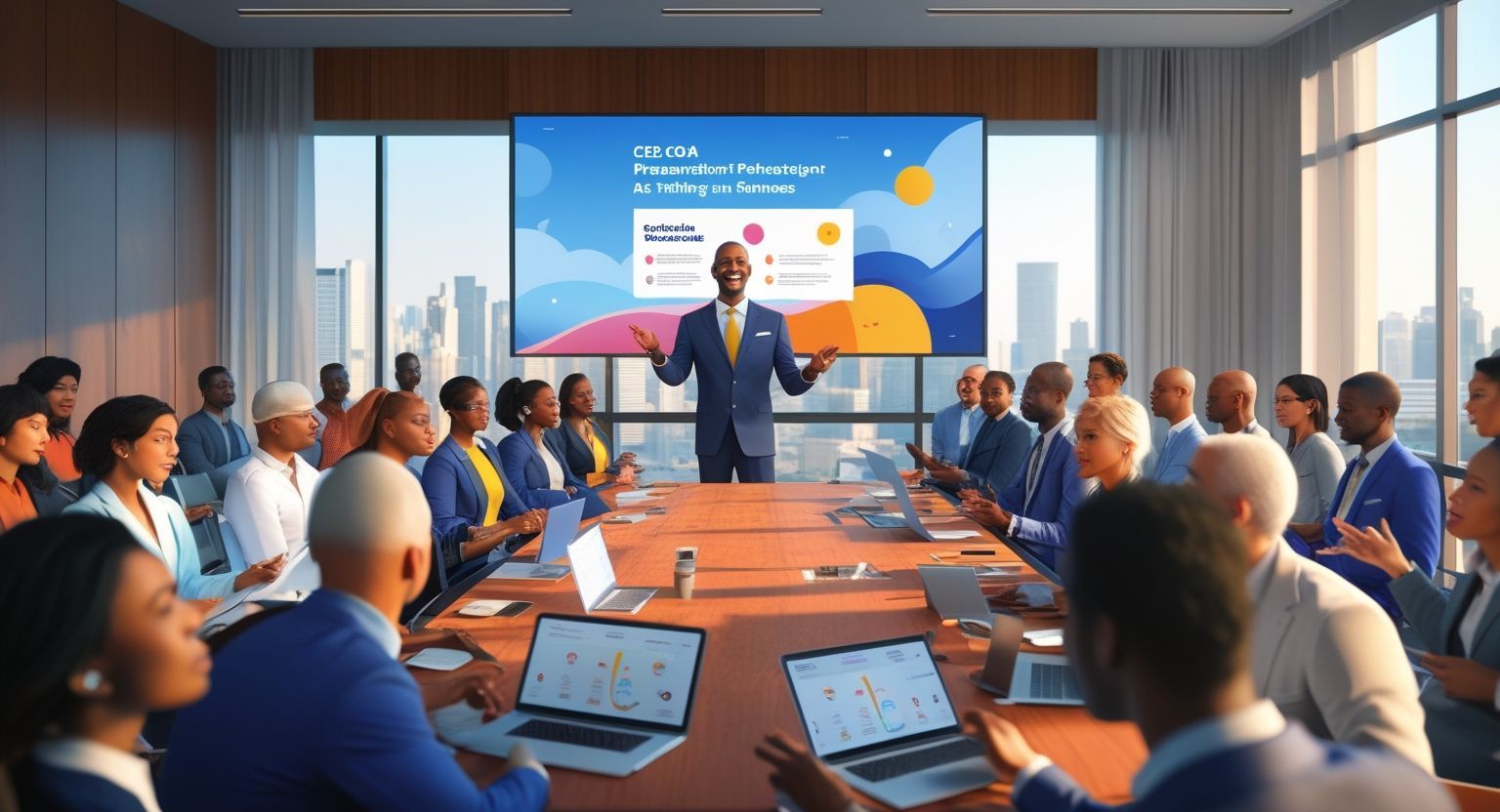The Impact of Color Psychology on Event Design
Imagine stepping into an event where every detail seems perfectly orchestrated. This is no accident; it’s the power of color psychology at work.
At Event Factor, South Florida’s premier event entertainment and production company, we believe in crafting unforgettable experiences through intentional design.
One essential element? The strategic use of colors.
This post explores how understanding color psychology can elevate event design and transform the way attendees experience your event.
From weddings to corporate gatherings, we’ll show you how selecting the right colors creates atmosphere, evokes emotion, and aligns with your brand or theme.
Understanding Color Psychology
What is color psychology?
Color psychology is the study of how colors influence our emotions and behavior. Rooted in both science and art, the use of colors can unconsciously affect how people feel or respond to a space.
For event planners, it’s a secret weapon to ensure everything is deliberate and impactful.
Why does it matter in event design?
Colors are more than just aesthetic choices; they are tools that set the mood, influence decision-making, and create memorable experiences.
For example, at a luxury gala hosted in Miami, using purple lighting may evoke a sense of opulence, while an eco-friendly outdoor event integrates earthy greens to echo sustainability.
Cultural perceptions of colors
Keep in mind that the cultural connotations of colors vary. While white represents purity in Western cultures (e.g., weddings), it symbolizes mourning in some Eastern traditions.
Similarly, red may evoke passion in the U.S., but it’s considered a lucky color in China. Knowing your audience is key to leveraging color psychology successfully.
The Psychology of Specific Colors in Event Design
Each color carries its unique symbolism and purpose. Below, we’ll highlight popular colors and how to use them effectively in event production and design.
1. Red
Symbolism: Passion, energy, excitement
How to use it: Red works best when you want to create a high-energy, captivating space. Incorporate it as accent lighting or table decor for parties, launch events, or festive galas.
Example: Event Factor used vibrant red uplighting at a Miami music event to energize the crowd and build anticipation.
2. Blue
Symbolism: Trust, tranquility, professionalism
How to use it: Blue tones are perfect for creating a serene, comforting atmosphere. Use softer blue for relaxed settings or corporate conferences that value professionalism.
Example: At a corporate gala for a Fortune 500 company, deep blue lighting was used for a polished and sophisticated ambiance, complementing the brand logo.
3. Yellow
Symbolism: Happiness, optimism, creativity
How to use it: Yellow adds warmth and energy, making it ideal for casual daytime celebrations or creative workshops.
Example: A sunflower-yellow theme was used for a Miami brunch event to radiate cheerfulness and positivity.
4. Green
Symbolism: Nature, harmony, balance
How to use it: Green is ideal for eco-friendly events, outdoor receptions, or health and wellness brands.
Example: Event Factor created a gorgeous green-toned garden party design, weaving in lush greenery and eco-conscious decor.
5. Purple
Symbolism: Luxury, creativity, spirituality
How to use it: Deep purples instantly elevate an event. They’re perfect for weddings, charity fundraisers, or gala dinners.
Example: A high-end fashion show in Miami incorporated purple accents for a luxurious, modern vibe.
6. White
Symbolism: Purity, simplicity, cleanliness
How to use it: White offers a clean canvas for minimalist elegance or enhances other vibrant colors by providing contrast.
Example: A white party yacht event in South Florida paired crisp white furniture with subtle golden lighting for understated glamour.
7. Black
Symbolism: Power, sophistication, elegance
How to use it: Black adds formality and drama, ideal for upscale parties, corporate soirées, or charity events.
Example: For an exclusive Miami gala, black linens and dramatic lighting created a sense of grandeur.
Practical Tips for Making Color Work in Event Design
To fully leverage the power of color psychology, consider these actionable tips during your event planning process.
1. Understand your audience
Consider the demographics, cultural background, and preferences of your guests. Research trends in your industry or brand to align colors with audience expectations.
2. Align with the theme and purpose
The color palette should complement the type of event. For example, a charity fundraiser might use warm, welcoming tones, while a tech exhibit could leverage sleek, futuristic blue and silver.
3. Use focal points for impact
Guide attendees visually by using color to draw attention to key areas, such as the stage, product displays, or the bar.
4. Achieve balance
Too much of one color can overwhelm the senses. Combine neutrals with bolder hues to strike a harmonious balance that supports your event’s design objectives.
5. Test color schemes beforehand
Experiment with lighting and decor during setup to ensure that colors shine in the venue’s specific environment, especially under dim or vibrant lighting. Adjust as needed.
Event Factor’s team specializes in implementing these principles to enhance Miami-based events, giving each gathering a unique and unforgettable edge.
Designing Events That Speak Without Words
Colors transform spaces into stories. They have the ability to influence behavior, elevate sophistication, and evoke deep emotional connections.
At Event Factor, we pride ourselves on understanding these nuances to deliver flawless event designs tailored to your unique needs.
Whether you’re curating an intimate wedding or managing a large corporate event, our team brings creativity, expertise, and technical execution to every project.
If you’re looking for exceptional event production services in Miami, contact Event Factor today to create an unforgettable experience.


